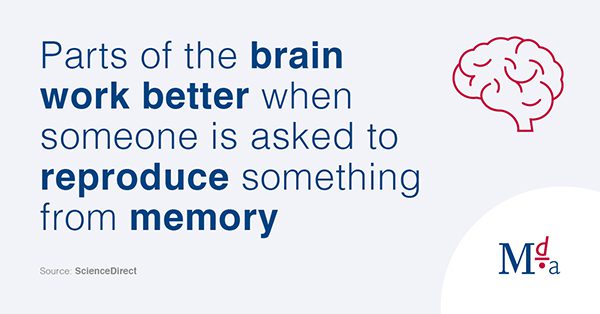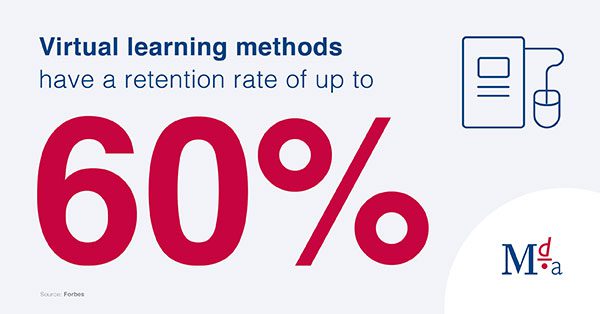Three useful tips to help you retain information better
Key takeaways
- Take notes as much as possible.
- Transfer learning online.
- Learn little and often.
It’s no secret that retaining information can, at times, be the most difficult part of learning something new. Whether you’re a student about to take an exam, or an established business owner looking to develop a new skill, it can be almost impossible at times to take things in.
While the usual advice such as getting enough sleep each night, maintaining a healthy diet and taking regular breaks are all helpful, there are ways in which you can improve your learning retention by actively changing the way in which you take in information in order to make significant improvements.
So, without further ado, here are our three top tips to help you retain information more effectively.
1 Take notes!
This may sound obvious, but actually writing down what you’ve learnt on paper or even typing it out on a device will help you to understand the material as well as improving your memory. In fact, studies have revealed that parts of the brain work better when someone is asked to reproduce something that is shown to them from memory.
Whether it’s simply writing down bullet points in a notepad or even drawing a colour-coded diagram; by taking notes, you will be able to learn information and translate it into your own words with ease, thus improving your retention. It will also give you a reference of information to refer back to in the future.

2 Learn digitally where possible
At MDA Training, we are huge advocates for virtual learning and e-learning, both from a professional and personal perspective. While traditional, classroom-based learning does encourage collaboration, virtual learning is proven to boost learning retention by up to 60% compared to offline methods.
Especially relevant in 2020, as classroom-based learning is becoming less frequent due to the coronavirus crisis, more and more people are learning virtually, whether that be on dedicated online platforms, or through facilitator-led discussions on video calls.

3 Learn little and often
Learning in short bursts is also referred to as microlearning. It can be conducted using a desktop, tablet or even on a smartphone, allowing you to take in small, regular pieces of information. This allows you to learn bite-sized chunks of relevant material at regular intervals, wherever you are.
Microlearning poses several benefits for individuals, including:
- Flexibility to learn wherever and whenever
- Boosting leadership capabilities
- Saving you time and money
- Interactivity.
Want to find out more about how microlearning works? Check out this video below, which is full of useful statistics and information:








